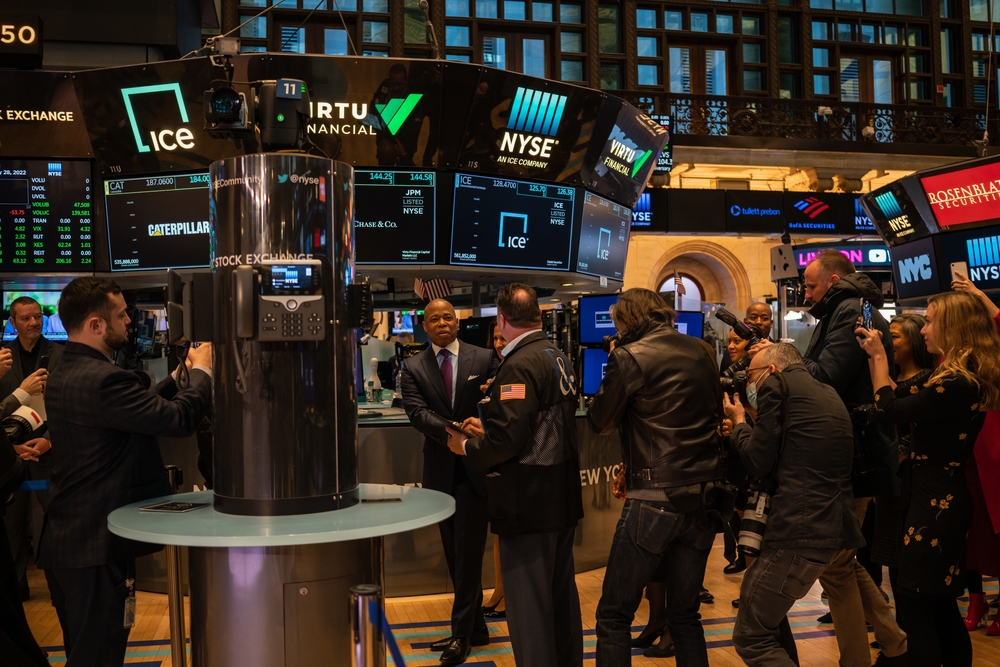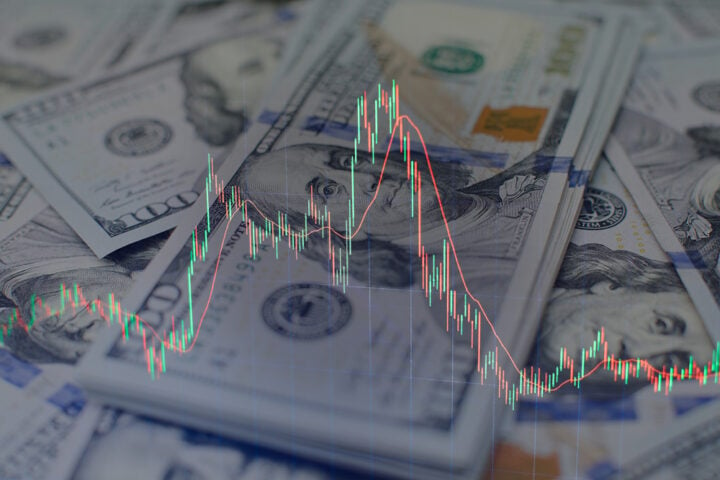U.S. stocks moved lower Monday, continuing a shaky end to what has been a stellar year for investors.
The Dow Jones Industrial Average dropped 418.48 points (0.97%) to close at 42,573.73, while the S&P 500 fell 1.07% to 5,906.94. The Nasdaq Composite slid 1.19% to end the session at 19,486.78.
The Dow fell more than 700 points at session lows before slightly recovering. Trading volume was light, typical for the shortened week, with the SPDR S&P 500 Trust (SPY) trading fewer than 40 million shares in late afternoon — unusually low for a day with significant market declines.
Tech Weakness and Year-End Profit Taking
The market’s slide appears to be driven by profit-taking as investors lock in gains after a banner year.
- S&P 500: Up 24% year-to-date, its best performance since 2021.
- Dow: Gained 13% this year.
- Nasdaq: Surged nearly 30%, marking its longest quarterly winning streak since 2021.
Despite the strong year, large tech stocks faltered Monday:
- Tesla fell 3.3%.
- Meta Platforms slid 1.4%.
- Nvidia bucked the trend, rising 0.4%.
Jeremy Siegel, senior economist at WisdomTree and Wharton professor emeritus, noted that a correction (defined as a 10% drop in the S&P 500) is increasingly likely in 2025. “The major forces to propel things upward I think have already been built in,” Siegel said on CNBC.
Santa Claus Rally Fizzles
Investors had hoped for a Santa Claus rally, a phenomenon where markets typically rise during the last five trading days of the year and the first two of January. Historically, the S&P 500 has returned an average of 1.3% during this period since 1950, according to LPL Financial.
Instead, the S&P 500 has fallen more than 1% in the last two trading sessions — a rare occurrence during the final week of December. Bespoke Investment Group noted this was the first time it has happened twice in the last five business days of the year since at least 1952.
Light Economic Data Ahead
Economic data was sparse on Monday, but the Chicago Purchasing Managers Index (PMI) for December came in weaker than expected at 36.9 (below the 42.2 forecast by economists). The market will be closed Wednesday in observance of New Year’s Day, leaving limited time for year-end rebounds.
Optimism for 2025 Rebound
Despite the late-year weakness, Tom Lee, head of research at Fundstrat, struck an optimistic tone. “Strangely, if the last week of December is weak, I actually think it bodes well for a rebound in the first week of January,” Lee said on CNBC’s “Squawk Box.”
With markets grappling with light trading volumes and year-end positioning, investors remain hopeful for a strong start to 2025.







